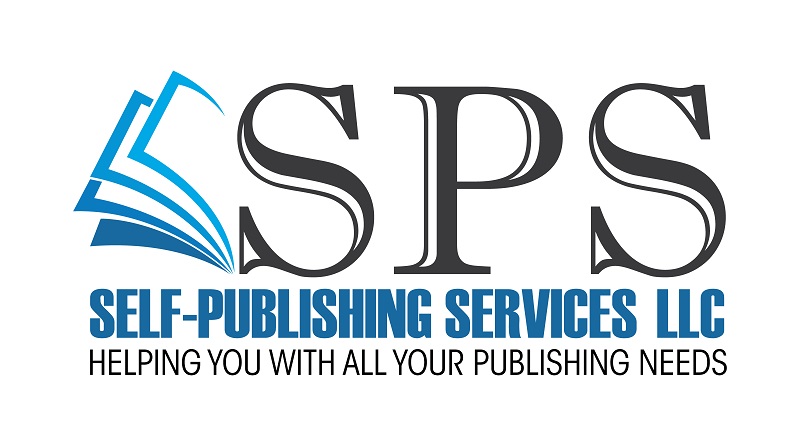Craft: Tension vs. Conflict
Today I want to do something a little different. I’m going to ask you to do the writing. I know, sounds crazy. But bear with me.
Before you get started, let’s do some explainin’.
Have you ever read a story with tons of physical fighting, and yet you kinda just want to skip over it? Like, yeah…yeah… Dude kicks other dude’s butt… Hero will win… Blah… Blah… Blah…
What did you think was missing (and no looking at the blog’s title to get a clue). Oh, you so looked… Yes, tension was likely missing from the actual fight.
How is that even possible you may ask?
Often writers, especially newbies, believe that conflict=fight=tension. (Don’t worry. That is all the math I’m going to do in this blog post.) This idea is wildly off the mark. Tension can be positive, conflicts can be positive, but fights… Not so much.
Dude, I’m using a ton of ellipses today! Wait, maybe that could be a post about the Author’s Voice!
Okay, I’m back to the matter at hand.
Tension is the electricity that runs through your entire work. This is the stress that readers feel when they are excited, nervous, giddy, angry, frustrated, etc.
Conflict is what stands in the way of the characters reaching their goals.
And fighting… Put up your dukes, partner!
Now, that makes it seem simple, doesn’t it?
So why are so many new writers off the mark when it comes to this?
I think it’s because tension can lead to conflict and vice versa, and that blurs the lines. One can be independent of the other, but for a great book, we need one to be the foundation for the other. Sure, we may throw in a random masked bandit now and again, but we need to be amping up the tension before they just show up on the page. Otherwise, why should the reader even care?
Okay, so here comes the you part of this.
I want you to perform a writing exercise. In one sentence, write down an example of tension . (Feel free to make it part of your current work if you would like. And if you think it’s superb—or even if you don’t—send it my way or tweet it to me @DanicaWinters or @SPServices)
Done? Good.
Now, write a paragraph that shows conflict.
Did you touch the brakes for a moment or swiftly screech to a halt in panic? You’re okay. You’re normal. Just relax. Remember, conflict is what stands in the way of the character reaching their goal. Going a bit deeper, this can be external factors that create conflict (example: they want to find a buried treasure, but don’t have a map) or it can internal factors (example: They have to get to the top of the Empire State Building, but they are afraid of heights because they fell down the stairs as a child).
Okay, not using mine, go… Write!
See the difference? Got the confidence to slay the words? Yes! That is what we want to hear! Now, go get 500 words written on your manuscript (yeah, I should probably join you).
Again, if you are confused, or think you/your story are the most amazing things since peanut butter and jelly, or if you just want to ask a question, feel free to tweet me or email us at selfpublishingservices (at) gmail (dot) com.
We are here to help you with all aspects of your publishing (and writing) journey. We want to help you create your best book!
If you give examples of tension, like you do below with conflict, it’d be a lot easier to see the difference.
